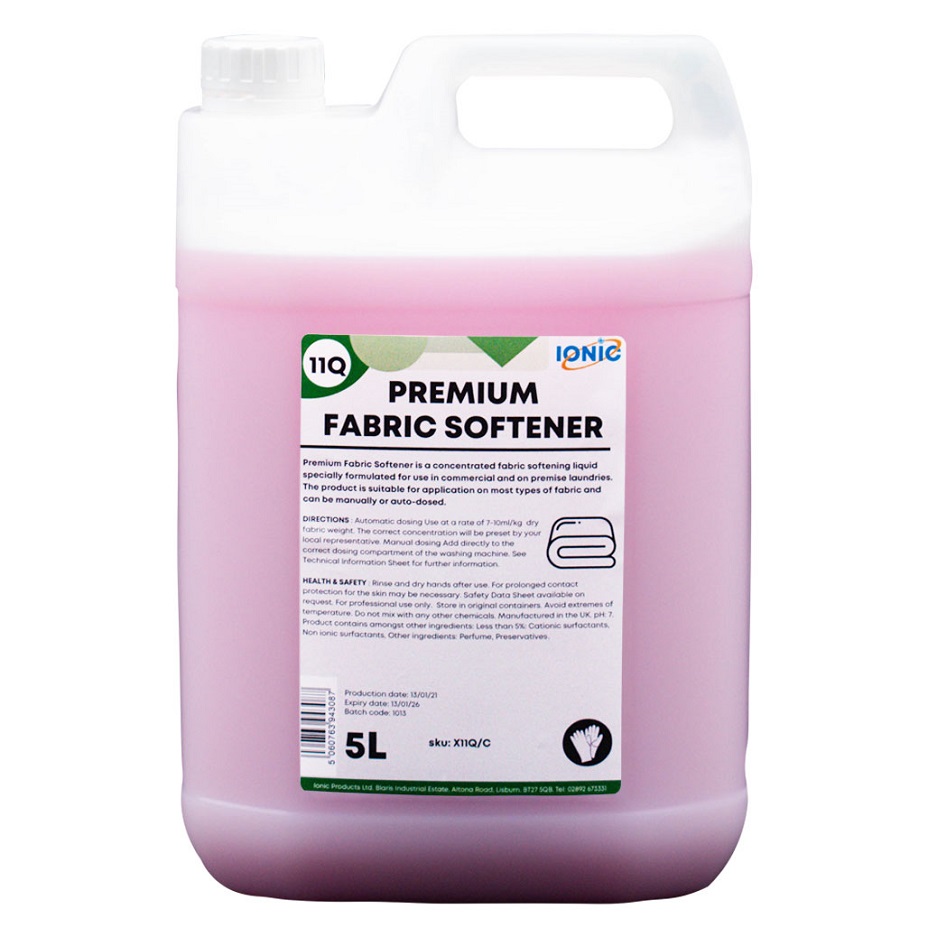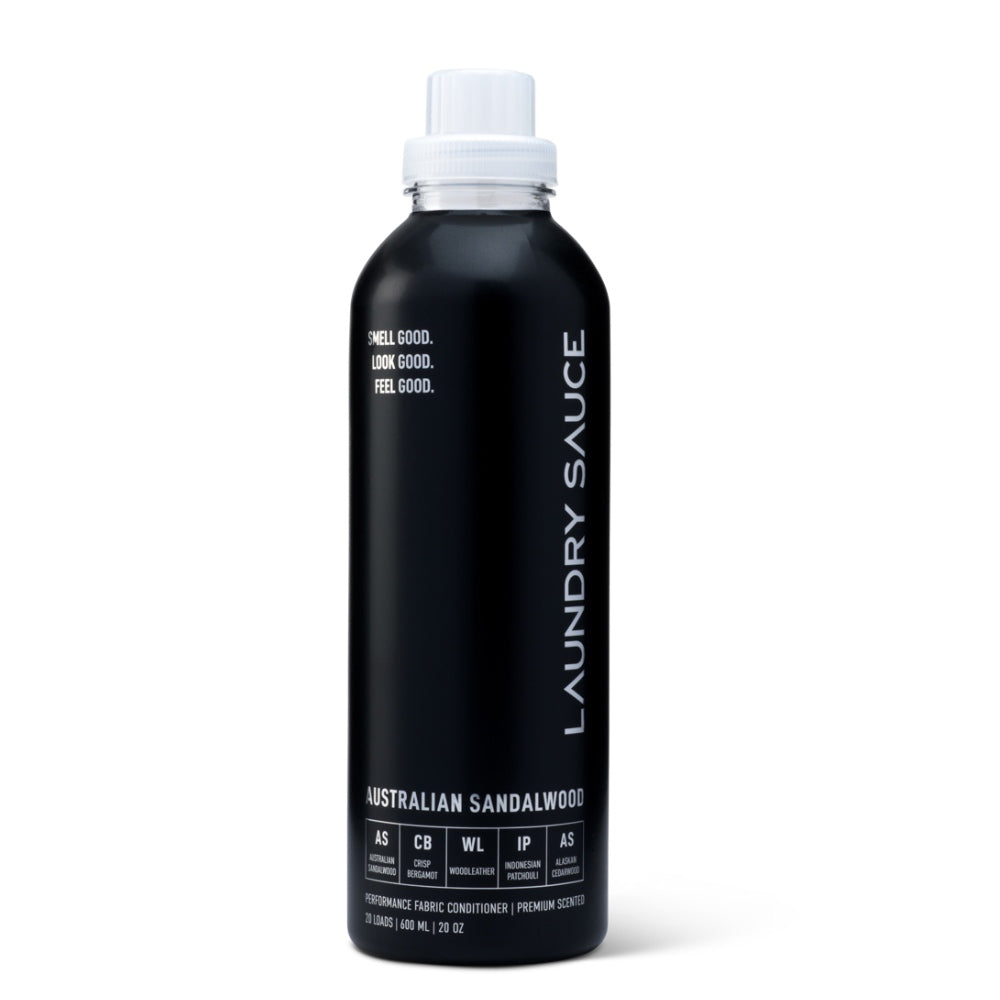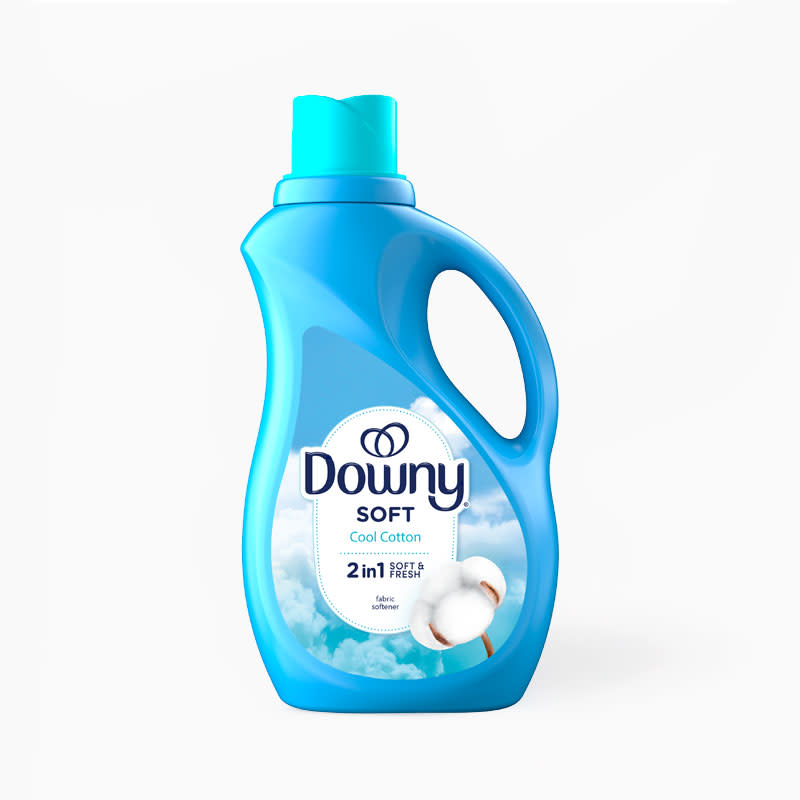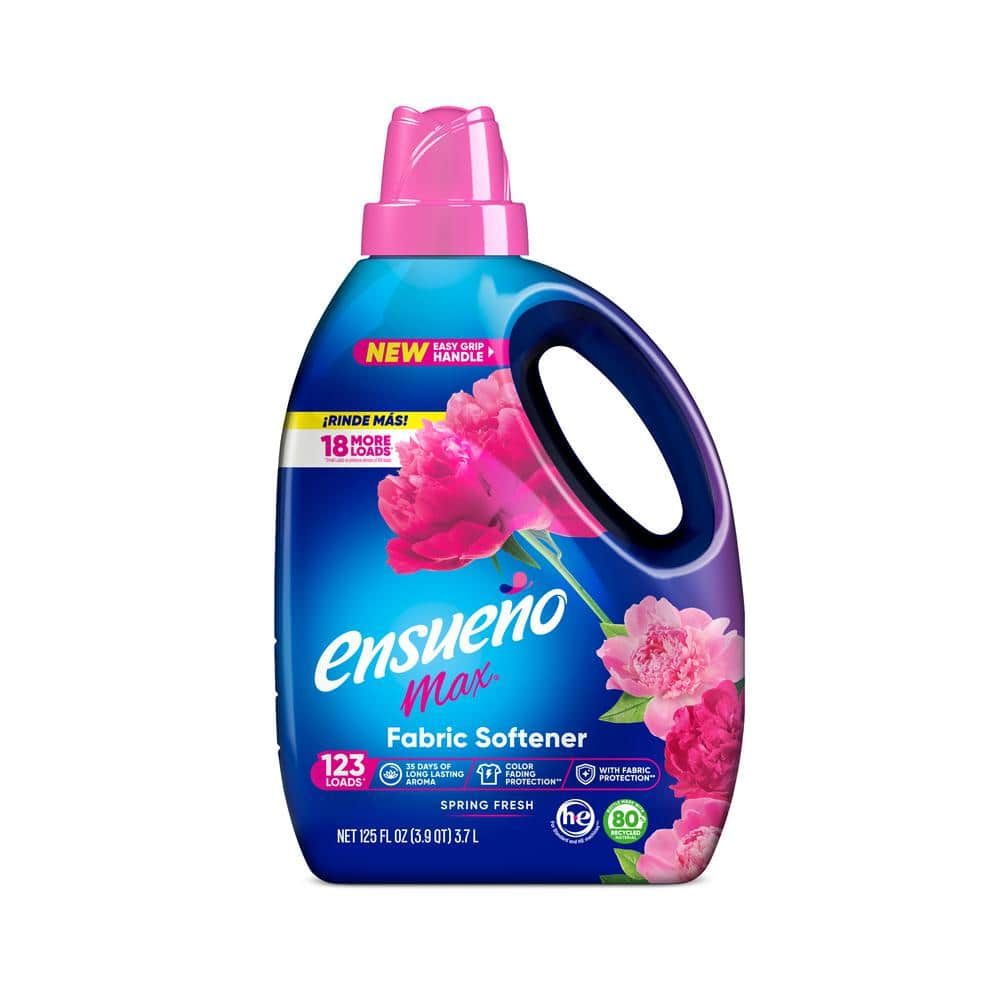Introduction
Fabric softener is a popular laundry product that helps make clothes softer, reduces static cling, and can add a pleasant fragrance to your laundry. However, many people are unsure about how to use fabric softener correctly. Understanding its purpose and the best methods of application can significantly enhance your laundry experience. In this article, we will explore the essentials of fabric softener and instructions for effective use.
What is Fabric Softener?
Fabric softener comes in various forms, including liquid, sheets, and pods. Liquid fabric softener is typically poured into the washing machine during the rinse cycle. Dryer sheets are placed directly in the dryer. Pods are convenient packages that contain the softener and can be added to either the wash or rinse cycle. Each form of fabric softener works slightly differently, but they all have the same goal: to make your fabrics softer.

The ingredients in fabric softener mainly include cationic surfactants, which help to reduce static cling and soften fabric fibers. These ingredients coat the fibers in your clothes, creating a smooth surface that feels softer against your skin. Besides, fabric softener can help to reduce wrinkles and can even make ironing easier, as the coated fibers are less likely to stick together.
Benefits of Using Fabric Softener
Using fabric softener has numerous advantages. One of the primary benefits is the softening effect it has on clothes, towels, and sheets. This improvement in texture makes linens cozier and enhances the comfort of clothing. After using fabric softener, you may notice that your clothes feel more luxurious against your skin, making them more pleasant to wear.
Another key advantage is the reduction of static cling. Static can make clothes stick to each other or lead to unwanted shocks when you touch metal objects. Fabric softener helps to neutralize the static charge that builds up on fabrics, preventing this uncomfortable issue. Particularly in cooler, drier climates, static cling can be a significant concern. Using softener helps to combat that, especially in synthetic fabrics.
Fabric softeners can also add a pleasant scent to your laundry. Many brands offer a variety of fragrances ranging from fresh and clean to floral or fruity scents. The scent can enhance the overall experience of your laundry, leaving a lasting fresh smell that lingers on your clothes. It’s a small detail, but it can make a day’s work feel more pleasant.
Limitations of Fabric Softener
While fabric softeners offer many benefits, they also have limitations. Some people may experience allergic reactions to the fragrances or chemicals used in these products. It’s essential to read labels and, if you have sensitive skin, test a small amount on your clothes first. If you notice any irritation, consider using hypoallergenic options or skipping the softener altogether.
Also, certain fabrics do not respond well to fabric softeners. For instance, microfiber and moisture-wicking athletic materials can be negatively affected. Fabric softener can build up on these materials, reducing their ability to wick away moisture. Consequently, if your wardrobe consists primarily of these specific fabrics, you might want to avoid using fabric softener to maintain performance.
Moreover, using too much fabric softener can lead to greasy residues on clothes and in washing machines. This build-up can affect washing machine performance over time, requiring more maintenance and cleaning. Finding the right amount to use can help prevent these issues while still achieving the desired results.
How to Use Liquid Fabric Softener
Using liquid fabric softener is straightforward, but following a few specific steps can make the process easier and more effective. First, you should consider how much fabric softener to use. Most manufacturers recommend a certain amount based on laundry load size, but always refer to the label for specific product instructions. Typically, you’ll want to use about a capful for a medium load.
Adding Liquid Fabric Softener in the Wash Machine
- Choose the Right Time: The proper timing for adding fabric softener is crucial. It’s best to add it during the rinse cycle. If you add it too soon, it may not distribute evenly, which can lead to spots or greasy residue on your clothes.
- Use the Dispenser: Most washing machines contain a specific compartment for fabric softener. If your machine has this feature, simply pour the recommended amount of softener into the appropriate compartment. This ensures that the softener is released at the right moment.
- Go Without a Dispenser: If your washing machine does not have a designated fabric softener compartment, you can simply wait until the rinse cycle begins. After washing, pause the machine and add the fabric softener directly into the drum.
- Dilute if Necessary: If you live in an area with very hard water, some prefer to dilute their fabric softener with water before adding it. This prevents any potential build-up and helps to distribute it more evenly across the fabrics.
Important Tips for Liquid Fabric Softener Usage
- Do Not Overdo It: Avoid using more than the recommended amount. Too much softener can lead to residue build-up. It can also affect your fabric and washing machine.
- Test for Sensitivities: If you or your family members have sensitive skin or allergies, consider using a natural or fragrance-free fabric softener. Conduct a patch test to ensure no adverse reactions occur.
- Maintain Your Washing Machine: Regularly clean and maintain your washing machine to prevent build-up from softeners and detergents. Many machines have self-cleaning cycles, but you may also run a hot cycle with vinegar to clean out residues.
Using Dryer Sheets
Dryer sheets are another popular form of fabric softener that can provide a quick and easy way to soften clothes and reduce static. They come in various scents and are placed directly in the dryer with your laundry. The sheets release a light coating of softener as they tumble, leaving your clothes feeling soft and smelling fresh.
How to Use Dryer Sheets Effectively
- Add to the Dryer: Simply toss one or two dryer sheets into the dryer with your clothes before starting the drying cycle. For larger loads, you may want to use an additional sheet.
- Don’t Overload: Avoid overloading your dryer. This ensures that dryer sheets can move freely, delivering softening agents evenly across all fabrics.
- Timing is Key: For best results, add the dryer sheets in the beginning of the cycle. This allows the softening agents to distribute evenly while clothes are drying.
- Reusable Option: Some brands offer reusable dryer sheets. If you choose these, simply follow the manufacturer’s instructions to maintain their effectiveness.
Considerations for Using Dryer Sheets
- Static Reduction: Besides softening fabrics, dryer sheets are excellent at reducing static cling. They can be especially beneficial in dryer loads containing polyester or synthetic materials, which tend to create static.
- Limit Use on Athletic Wear: Like liquid softeners, dryer sheets are not ideal for moisture-wicking fabrics or performance materials. They can leave a film that impacts these fabrics’ functionality.
- Post-Dry Use: For quick freshening, you can also rub a dryer sheet against clothes after they are dry. This method can rejuvenate the scent and softness without an additional drying cycle.
Using Fabric Softener Pods
Fabric softener pods are a convenient solution for those who want an easy method to soften their laundry. These pods come pre-measured, making it simple to use the correct amount. This simplicity reduces the risk of overusing the product and leads to a better experience overall.
How to Use Fabric Softener Pods
- Add During Wash Cycle: Follow the instructions on the package. Most pods are designed to be added to the wash or rinse cycle, depending on the brand. Generally, you can toss one pod into the drum before adding your clothes.
- Separate from Detergent: Do not combine fabric softener pods with laundry detergent in the same compartment. They work best when they are not mixed, allowing for proper distribution.
- Water Temperature: Ensure that you are using the right water temperature. Some pods may not dissolve effectively in cold water. If you notice undissolved residue on clothes after washing, check the water temperature and consider using warm or hot water.
Advantages of Fabric Softener Pods
- Ease of Use: Pods eliminate the need for measuring and pouring. This saves time and minimizes mess during the laundry process.
- Less Waste: Since they come pre-measured, you reduce the chance of wasting product. This makes them a cost-effective option over time.
- Versatile: Many fabric softener pods can be used with both regular loads and high-efficiency machines. Check the packaging to ensure compatibility with your washing machine type.
Alternative Natural Fabric Softeners
For those who prefer natural solutions, there are alternatives to commercial fabric softeners. Many individuals look for ways to soften clothes without harsh chemicals or fragrances. Simple household items can serve as effective fabric softeners and can be gentler on sensitive skin.
Using White Vinegar as a Fabric Softener
- Add to the Rinse Cycle: One common natural fabric softener is white vinegar. Pour about half a cup of white vinegar into the rinse cycle. This acts as a natural softener and helps to break down detergent residues.
- Benefits Beyond Softening: White vinegar can also help neutralize odors and can reduce static cling. This makes it an excellent all-around laundry booster.
- Compatible with Most Fabrics: Unlike commercial softeners, vinegar works well with most fabrics and is safe to use on towels, sheets, and clothing.
Using Baking Soda as a Fabric Softener
- Add to Wash Cycle: Baking soda can also serve to soften fabrics. Add about half a cup of baking soda to your wash cycle. It helps to balance the pH levels in the water, making clothes feel softer.
- Odor Neutralization: In addition to softening, baking soda can help neutralize odors, making it an excellent addition for gym clothes or other smelly fabrics.
- Gentler on Fabrics: Like vinegar, baking soda won’t leave any residual film behind, making it suitable for moisture-wicking fabrics and towels.
Considerations for Natural Fabric Softeners
- Scent Preference: Keep in mind that natural fabric softeners may not leave a strong fragrance. If you prefer a fresh scent, consider adding a few drops of essential oil to the vinegar or baking soda.
- Patch Testing: When using natural options, always conduct a patch test on sensitive fabrics to ensure there is no adverse reaction.
Troubleshooting Fabric Softener Issues
While fabric softener is generally easy to use, you may occasionally encounter problems. Issues like residue build-up, unpleasant smells, or less effective results can occur. Thankfully, these problems are often easy to solve.
Dealing with Residue Build-Up
- Regular Cleaning: If you notice residue build-up on clothes or in your washing machine, regular cleaning is essential. Run an empty wash cycle with hot water and vinegar to clean the machine.
- Adjust Dosages: Ensure you are not using too much softener. Check the dose and adjust accordingly. It’s better to use just enough rather than overdosing on softeners.
- Switching Alternatives: If the problem persists, consider switching to dryer sheets or natural fabric softeners. These alternatives may not leave the same residue as liquid options.
Reducing Unpleasant Odors
- Freshness During Storage: Sometimes fabric softeners can create an odor if clothes are stored for too long after washing. Make sure to wear or use freshly washed items quickly to avoid stale smells.
- Check for Routine Maintenance: Sometimes odors can come from the washing machine itself. Make sure the seal and drum are clean and free of mold.
- Humidity Concerns: If your laundry area is humid, Odor-causing bacteria can thrive. Ensure proper airflow and try to avoid damp environments when storing clean laundry.
Performance Issues with Fabric Softeners
- Increased Static: If you’re still experiencing static cling, try different fabric softening methods. Sometimes, switching brands or types can have different results.
- Effectiveness with Certain Fabrics: Some fabrics simply do not respond as well to fabric softeners. Be aware of which items require special care, and consider hand-washing or air drying these fabrics.
Final Tips for Effective Fabric Softener Usage
To achieve the best results when using fabric softener, a few general tips can enhance your laundry experience. As with any product, understanding what works best can make all the difference in achieving soft, fresh, and pleasant-smelling linens, clothes, and towels.
Read the Labels
Always read the labels on your fabric softener products. Each type may have specific instructions that are particularly important. Following these guidelines will ensure that you are using the product effectively and according to the manufacturer’s recommendations.
Experiment and Find Your Preference
Do not hesitate to experiment with different types of fabric softeners. Try switching between liquid softeners, dryer sheets, and natural alternatives to see which one works best for your laundry needs.
Mind Your Fabrics
Always consider the fabrics in your laundry. Natural fibers like cotton often respond well to fabric softeners, while synthetic fibers may not. Take note of your garments and respect their care labels.
Keep Things Fresh
Make sure your laundry area, washing machine, and dryer remain clean. A clean environment contributes to fresher laundry. Ensure you disinfect and refresh your machine regularly for optimal performance.
Embrace Simplicity
You don’t always need fabric softeners to achieve soft clothing. Sometimes additional washing techniques, like adding an extra rinse cycle or using lower spin speeds, can also help in creating softer results.
In conclusion, using fabric softener can elevate your laundry experience, leaving clothes softer, fresher, and more pleasant to wear. Whether you choose liquid, dryer sheets, or natural alternatives, understanding how to apply them effectively will yield the best results. Happy laundering, and enjoy the lovely softness of your freshly washed fabrics!


